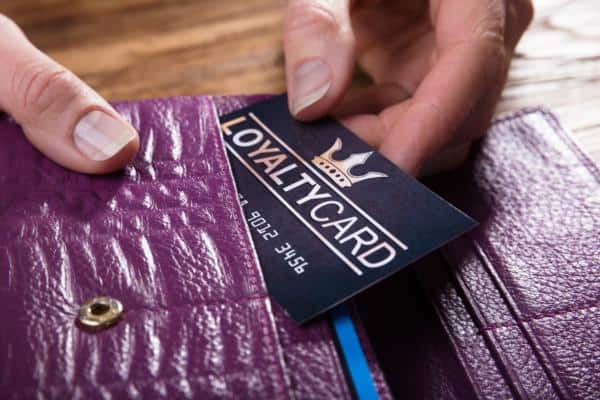More than six in ten (62%) businesses report that their loyalty programme has helped to keep customers engaged during Covid-19, with the effect most pronounced for brands running tiered programmes.
Programme members who had a higher tier level also had a 30% higher purchase frequency over the course of the global crisis, compared to members with a lower tier.
“During the pandemic, brands running loyalty programmes consistently found it easier to keep their audiences engaged – particularly when it came to their highest value customers.”, says Attila Kecsmar, CEO & Co-founder of Antavo, which published the data in its Global Customer Loyalty Report 2022. “While the global crisis certainly dampened many customers’ spending power, what we observed is that those who were halfway through their journey to a higher loyalty tier, or were sitting on unspent points, were far less likely to abandon these favoured brands.”
The report also revealed that the need to provide a more seamless on and offline experience is causing more and more businesses to rethink their existing loyalty programmes. While 61% of brands invested in the development of their loyalty strategy during the pandemic, more than two thirds (72%) of respondents are now planning a further revamp within the next three years.
Maciej Kroenke, Partner at PwC comments: “Covid-related market turmoil has brought even more attention to the topic of customer loyalty. Brick-and-mortar retailers, as well as a number of eCommerce retailers, focused their activities on better understanding and loyalising the customer base.”
Kroenke adds: “Looking ahead, loyalty programmes are expected to play an even more significant role in marketing activities. In particular, the improvement of mobile applications has opened-up a new communication channel with customers. As traditional linear media is becoming less relevant, loyalty programs supported by engaging apps appear to be the most effective channel for reaching younger generations, particularly in large cities.”
Predicted to be worth $15.5bn by 2025, the loyalty market is shifting from a purely transaction-based model to a more personalised and emotionally engaged model which focuses in on long-term customer engagement and satisfaction.
In fact, the report found that 77.3% of companies who have a loyalty programme that doesn’t reward member behaviour outside of the buying cycle, plan to change that within the next three years.
Planet BrewDog is the loyalty programme of craft beer brewer BrewDog, which uses Antavo’s technology to reward its customers. The company is increasingly focusing in on the community aspect of customer engagement, as opposed to rewarding purely transactional behaviour.
Alice de Wend Fenton Head of CRM & Loyalty at BrewDog says: “The main thing that makes our programme unique is the tie-in with one of our key brand pillars: sustainability. Members earn rewards when they offset CO2 and we also have a counter to show how many grams of carbon our community has offset. We’re proud of the fact Planet BrewDog is not completely transactional and we’re working towards something that’s good for the planet.”
She adds: “As for future plans, we want to grow the community aspect. Whether it’s up-weighting the gamification element, or having more interactive content, we want to evolve Planet BrewDog into something that’s a little bit more fun and playful.”










